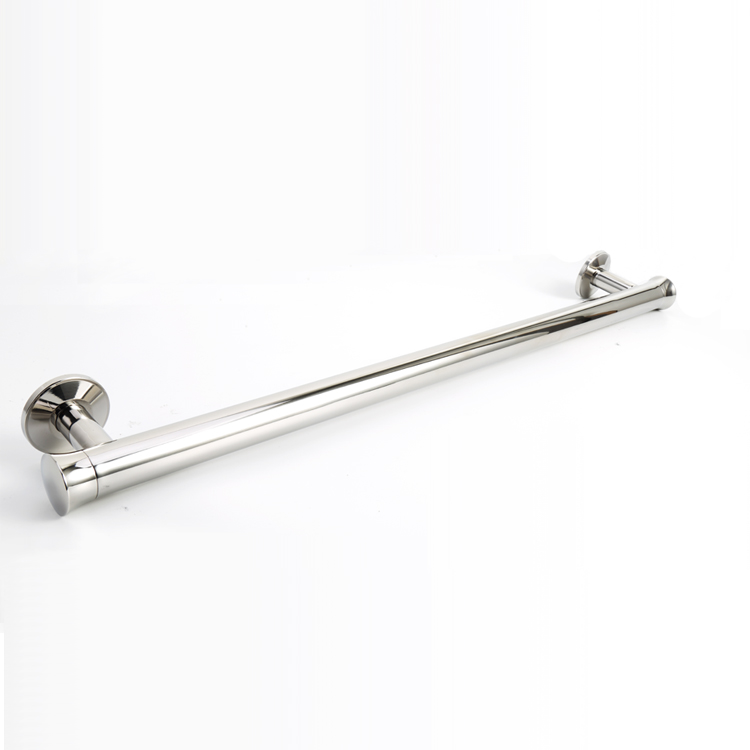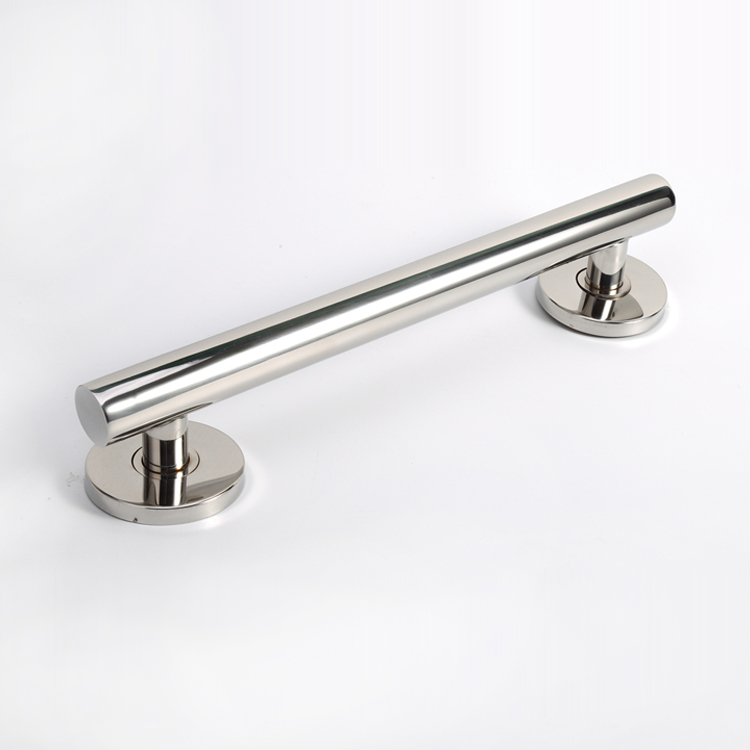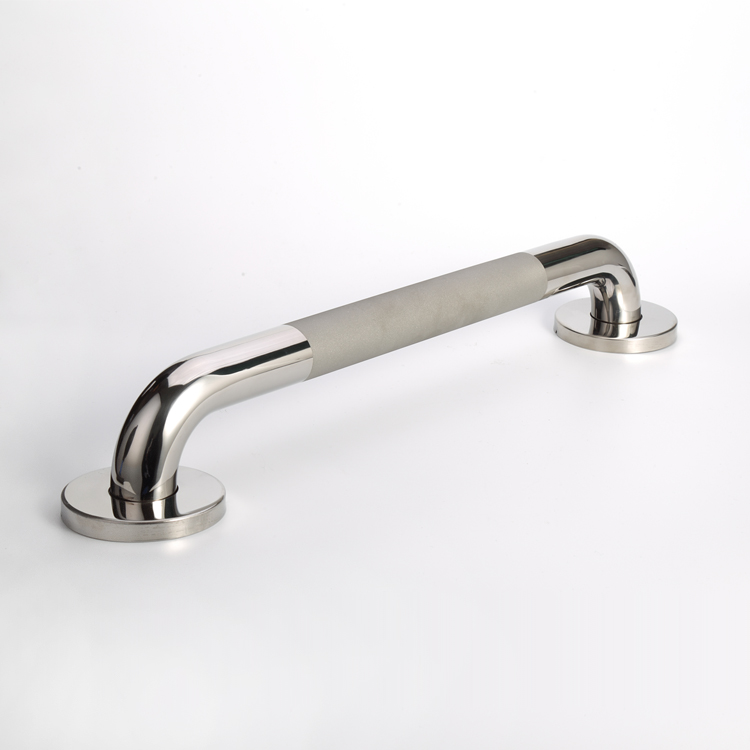How to Choose the Best Finish for ADA Grab Bars
When selecting grab bars for ADA compliance, the finish you choose affects safety, durability, and appearance. This guide explains the key factors to consider when picking the right finish for your grab bars.
Why the Finish Matters
The finish on grab bars impacts:
Safety - Provides proper grip to prevent slips
Durability - Resists corrosion and wear
Maintenance - Easy to clean and sanitize
Appearance - Matches your space's style
ADA requirements state finishes must offer a secure grip and not become slippery when wet.
Common Grab Bar Finishes Compared
1. Chrome (Polished Stainless Steel)
Best for: High-traffic commercial spaces
Pros: Most durable, rust-resistant, affordable
Cons: Shows fingerprints and water spots
2. Brushed Nickel
Best for: Modern bathrooms and healthcare facilities
Pros: Hides fingerprints, stylish look
Cons: Slightly more expensive than chrome
3. Matte Black
Best for: Contemporary designs
Pros: Hides scratches and water marks
Cons: Limited finish options
4. Plastic-Coated
Best for: Nursing homes and pool areas
Pros: Soft grip, won't feel cold
Cons: Less durable than metal options
5. Bronze
Best for: Traditional or luxury settings
Pros: Elegant appearance
Cons: Requires regular maintenance
Choosing the Right Finish for Your Space
Public restrooms: Chrome or brushed nickel (durable and easy to clean)
Hospitals/nursing homes: Plastic-coated or textured metal (better grip)
Home bathrooms: Brushed nickel or matte black (style and function)
Pool areas: Stainless steel or plastic-coated (rustproof)
ADA Compliance Checklist
Non-slip texture
No sharp edges
Corrosion-resistant
Color contrasts with wall for visibility
Final Recommendation
For most installations, brushed nickel offers the best balance of durability, safety, and style. In wet areas like pools, stainless steel or plastic-coated bars work best.
If you need help selecting ADA-compliant grab bars, consult an accessibility specialist to ensure proper safety standards.
 Choosing the Best Material for Shower Handrails
Choosing the Best Material for Shower Handrails
 Hospital Bathroom Safety Upgrade with Self-Install YIRUIS Grab Bars
Hospital Bathroom Safety Upgrade with Self-Install YIRUIS Grab Bars
 How to Choose Grab Bars for Elderly Parents?
How to Choose Grab Bars for Elderly Parents?
 The Most Common Grab Bar Finish: A Practical Guide
The Most Common Grab Bar Finish: A Practical Guide

